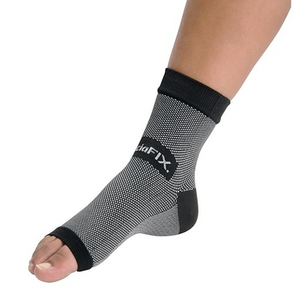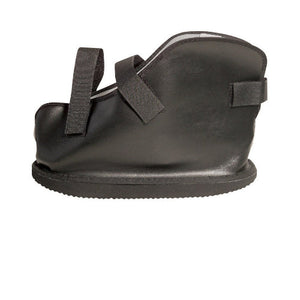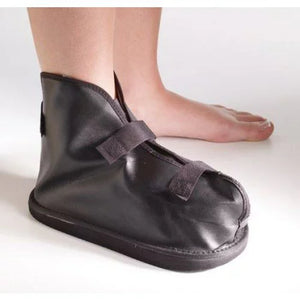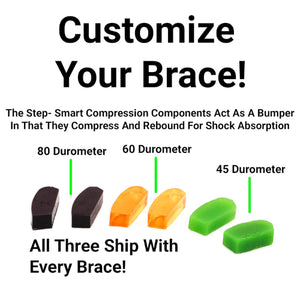How to Stop Limping After a Broken Ankle: Effective Strategies for Recovery
How to Stop Limping After a Broken Ankle
Studies show that 10% of people over 60 experience a noticeable limp. Various factors contribute to this condition, such as neurological issues, arthritis, surgery, accidents, or infections.
If you're dealing with a limp after a broken ankle or heel fracture, understanding the correct approach to weight-bearing is crucial for recovery. Explore strategies to help you stop limping and support your healing process, especially if you've sustained a fracture in the (heel bone).
offers a range of assistive devices and tools to support physiotherapy. Discover mobility aids like walkers, canes, and bathroom safety rails. Consult with your physical therapist and from the comfort of your home.
How Ankle and Heel Fractures Cause Limping
Broken ankles often involve fractures in the distal fibula or tibia, while heel fractures typically affect the These injuries usually result from falls, accidents, or severe impacts. Limping can signal injury or underlying health issues, and proper diagnosis using advanced medical technology, such as a , along with treatment options like surgery with , is essential for recovery.
5 Strategies to Stop Limping When Walking
Here are five effective strategies to reduce or stop limping after a broken ankle or heel fracture:
1. Wearing Proper Footwear
Wearing the right footwear or using can significantly reduce limping by evenly distributing pressure. Consult your doctor for recommendations based on your condition and injury.
2. Physical Therapy
Regular sessions are crucial. They address issues such as bone injuries or muscle weakness through exercises, stretches, and strength-building movements, improving balance and coordination.
3. Range of Motion Exercises
Perform these exercises twice daily to enhance your recovery:
- Ankle Circles: Rotate your ankles in a circle, then change direction.
- Ankle Pumps: Bend and straighten your ankles briskly to activate muscles.
- Deep Calf Stretch: Stand with one foot forward, bend both knees, and stretch your calf while keeping your heel on the ground.
4. Use of Assistive Devices
Assistive devices like , parallel bars, and can aid in recovery by stabilizing your gait and improving your walk over time.
5. Balance Training
using a balance board can enhance stability, strengthen the ankle and heel, and help distribute body weight evenly.
Takeaway
In summary, performing regular exercises and attending physical therapy sessions are essential to eliminate limping. Using assistive devices can boost your confidence and speed up recovery. Always follow medical advice, especially regarding weight-bearing activities after a fracture, and perform recommended exercises at home.
FAQs
Is it normal to limp after an ankle or heel fracture?
Yes, limping is common after an ankle or heel fracture and may persist for several months. It typically improves with exercises, assistive devices, and physical therapy.
How long does it take to learn to walk again after a broken ankle or heel?
Recovery time varies, but it may take six to eight weeks to walk normally again. Limping during this period is normal and should improve with consistent practice and time.
How do I get back to walking after a broken ankle or heel fracture?
To return to normal walking, persist with exercises and physical therapy. Follow your doctor’s advice on using assistive devices and gradually resume full weight-bearing activities.








